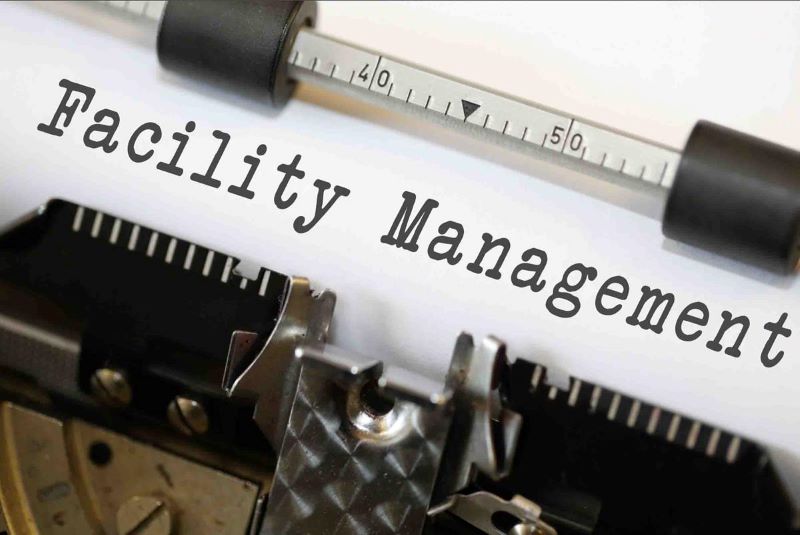ISO 41001:2018
Contents |
[edit] Introduction
The International Organisation for Standardisation (ISO) is an independent body responsible for the production of international standards. ISO 41001:2018 Facility management — Management systems — Requirements with guidance for use, was published in April 2018. It is available at: https://www.iso.org/standard/68021.html
[edit] BS EN 15221 and ISO 14001
ISO 41001:2018 replaces the 2006 European Standard BS EN 15221 and applies the general principles of ISO 14001 (environmental management systems) to facilities management practices.
Principles include:
- Prominence of facilities management within the organisation's strategic planning processes linked to environment and risk aspects (Sections 4 and 6 of ISO 14001).
- A focus on leadership, competence and training (Section 7 of ISO 14001).
- An emphasis on improved performance including emergency planning and response (Section 8 of ISO 14001).
- The addition of a communications strategy.
[edit] Background documentation
The development of ISO 41001:2018 came about as a result of the following supported documents:
- ISO 41011:2017 Facility management — Vocabulary (including a definition of the facility management profession).
- ISO 41012:2017 Facility management — Guidance on strategic sourcing and the development of agreements.
- ISO/TR 41013:2017 Facility management — Scope, key concepts and benefits.
[edit] Guidance on application
ISO 41001:2018 is applicable to all organisations regardless of sector, size or location. According to the ISO summary, the standard specifies the requirements for a facility management system when an organisation:
- Needs to demonstrate effective and efficient delivery of facility management that supports the objectives of the organisation.
- Aims to consistently meet the needs of interested parties and applicable requirements.
- Aims to be sustainable in a globally competitive environment.
It serves as a facilities management benchmark for internal departments and can also be used when organisations seek to outsource facilities management services to consultants that comply with the standard.
[edit] Related articles on Designing Buildings Wiki
- Benchmark.
- British Standards Institution BSI.
- BS 8210:2020 facilities maintenance management code of practice.
- BS EN 15221.
- Building manager.
- Facilities management.
- FM Navigate.
- ISO 14001:2004 Environmental management system -- Requirements with guidance for use Sustainability.
- ISO 14001:2015 Environmental management systems. Requirements with guidance for use.
- ISO 9000.
- Institute of Workplace and Facilities Management IWFM.
[edit] External references
Featured articles and news
Gregor Harvie argues that AI is state-sanctioned theft of IP.
Heat pumps, vehicle chargers and heating appliances must be sold with smart functionality.
Experimental AI housing target help for councils
Experimental AI could help councils meet housing targets by digitising records.
New-style degrees set for reformed ARB accreditation
Following the ARB Tomorrow's Architects competency outcomes for Architects.
BSRIA Occupant Wellbeing survey BOW
Occupant satisfaction and wellbeing tool inc. physical environment, indoor facilities, functionality and accessibility.
Preserving, waterproofing and decorating buildings.
Many resources for visitors aswell as new features for members.
Using technology to empower communities
The Community data platform; capturing the DNA of a place and fostering participation, for better design.
Heat pump and wind turbine sound calculations for PDRs
MCS publish updated sound calculation standards for permitted development installations.
Homes England creates largest housing-led site in the North
Successful, 34 hectare land acquisition with the residential allocation now completed.
Scottish apprenticeship training proposals
General support although better accountability and transparency is sought.
The history of building regulations
A story of belated action in response to crisis.
Moisture, fire safety and emerging trends in living walls
How wet is your wall?
Current policy explained and newly published consultation by the UK and Welsh Governments.
British architecture 1919–39. Book review.
Conservation of listed prefabs in Moseley.
Energy industry calls for urgent reform.
























